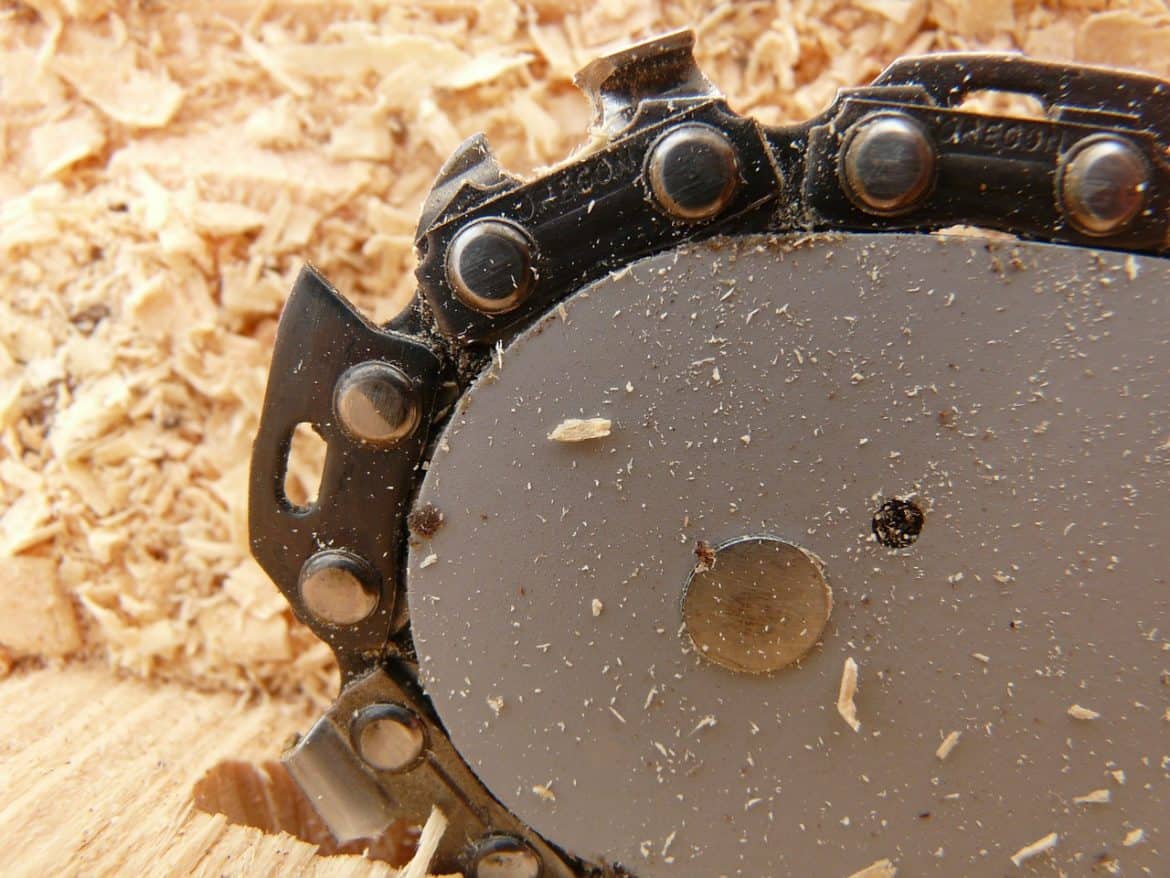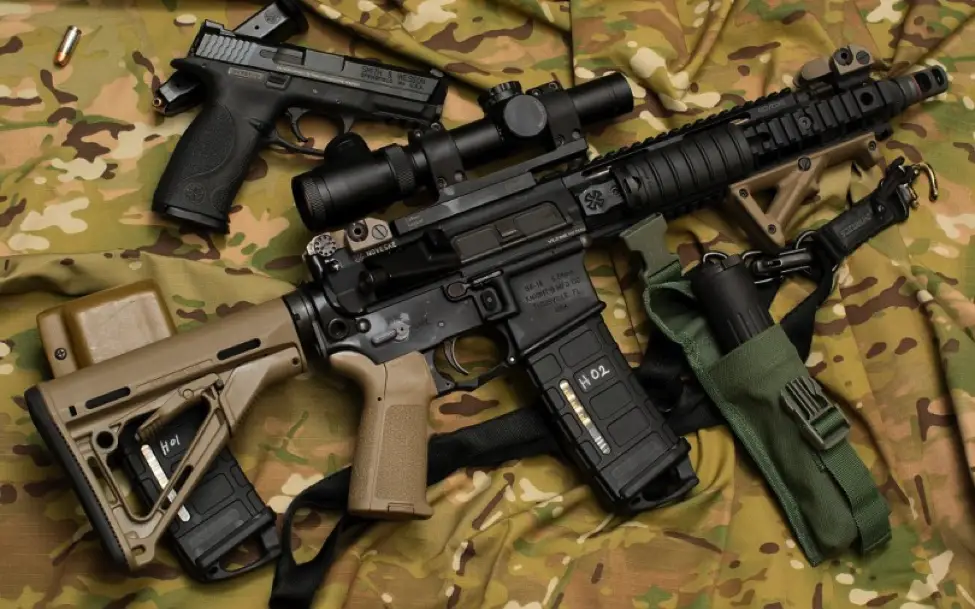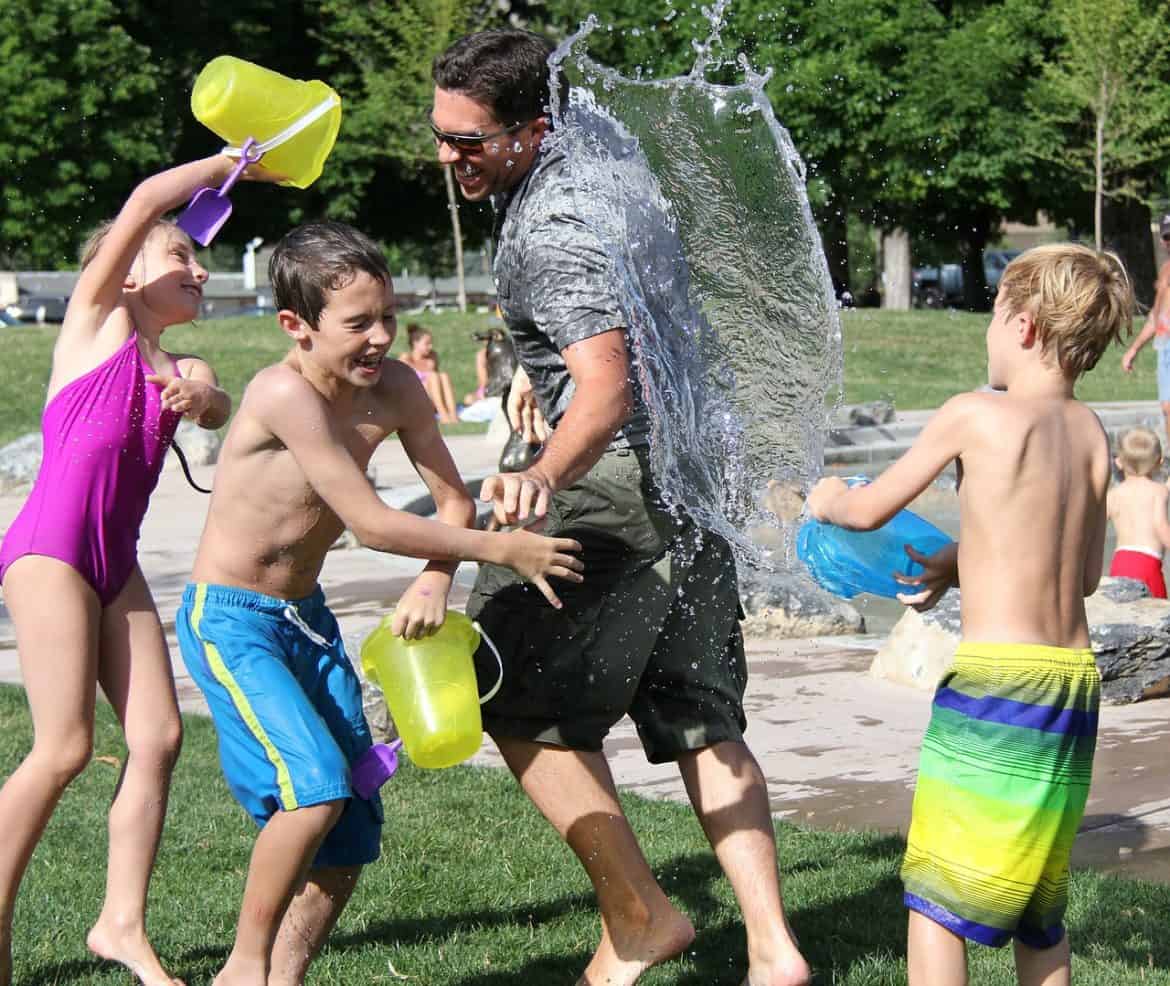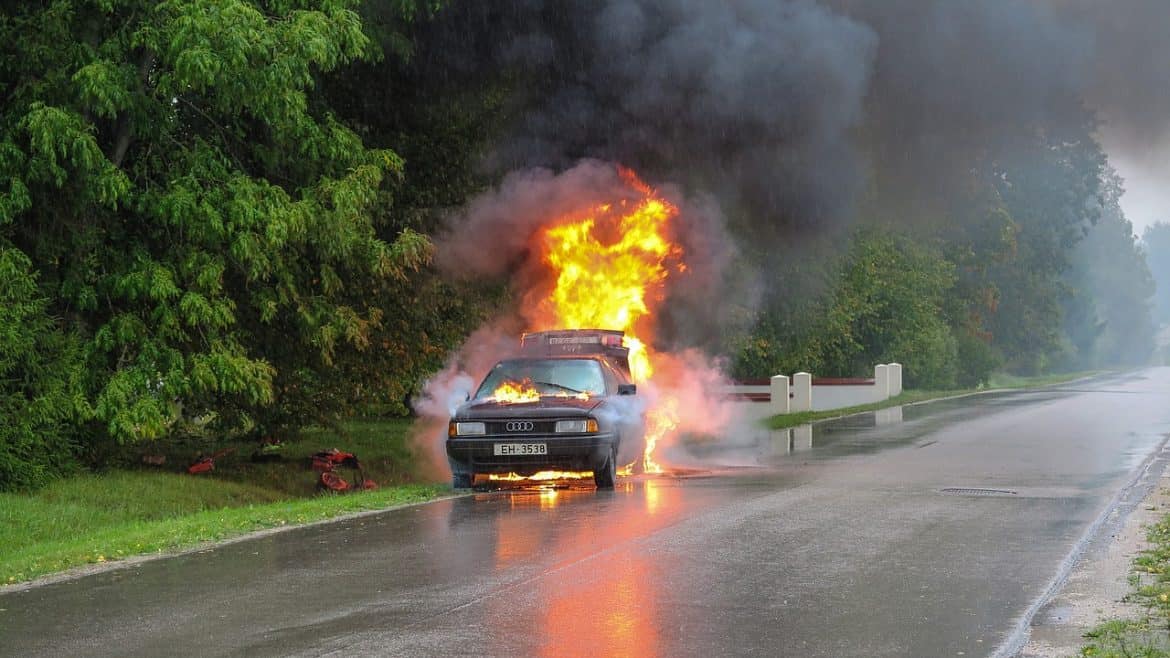Once you’re familiar with Will Malloff’s method of chainsaw lumbermaking, you’ll be simply and economically turning trees into lumber on your own! Learn how to select the tree you want, fell it safely, and saw it into a fine pile of building or cabinet lumber. With detailed instructions and over 400 photographs, Will Malloff tells […]
Month: February 2017
Non-Fiction Must Read Books
Having “stuff” is cool, but too many people tend to rely on “stuff” in an emergency, when really, keeping your head and thinking your way through things works a lot better. (Ever watch MacGyver?) No preparedness plan is complete without knowledge, because somebody can take your stuff, but they cannot take your mind, (if YOU don’t lose it!).
Your Ultimate Weapon Guide: What are Great Survival Guns?
When you set out on any hunting adventure, the only thing that occupies your thoughts is to get the most out of this trip. But hunting is not just about killing the prey. Your own survival, from any possible threat (of an animal or straying in the woods) also matters. Straying in the wood or […]
Dealing With Family That Doesn’t Understand Prepping
Any person who has begun to seriously prepare has had to make compromises between current wants and future needs, how much to spend on preparations, and how many people to stock supplies for. If you’re married, you need to have a spouse that shares your concerns or you’re going to fight over every no. 10 can the mailman delivers. I don’t need to go into detail on how much you should store, or how to store it or what makes the cut on your list of lists, as survivalblog.com has visited this issue in depth. The purpose of this article is to help communicate the need to prepare with those in your family that you want to help without alienating them, or downgrading your own preparedness plans.
100 Things to Disappear First In a Disaster
You might have seen this list floating around the internet. I don’t know who first created it. Nor do I know when. However, I thought it brought up some interesting points. I took the liberty of reformatting it when I found it skipped items 14 and 15. Additionally, I added a couple to make 100. […]





